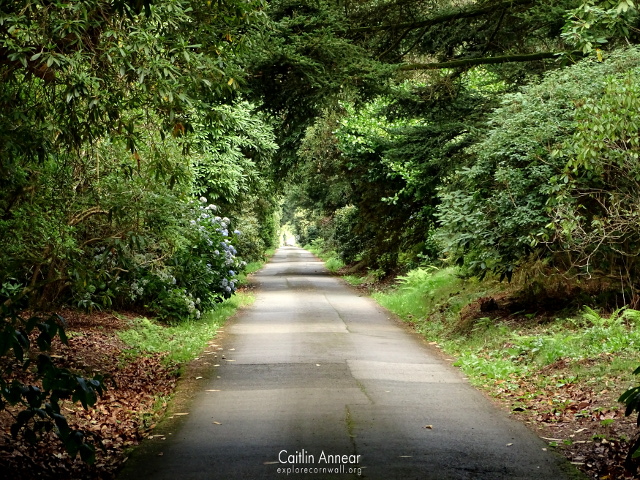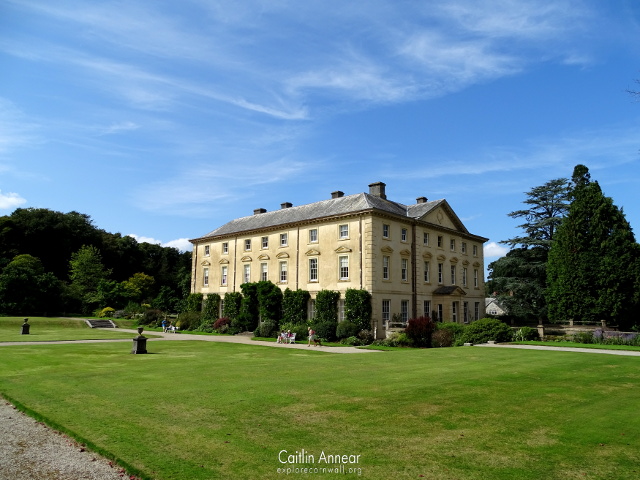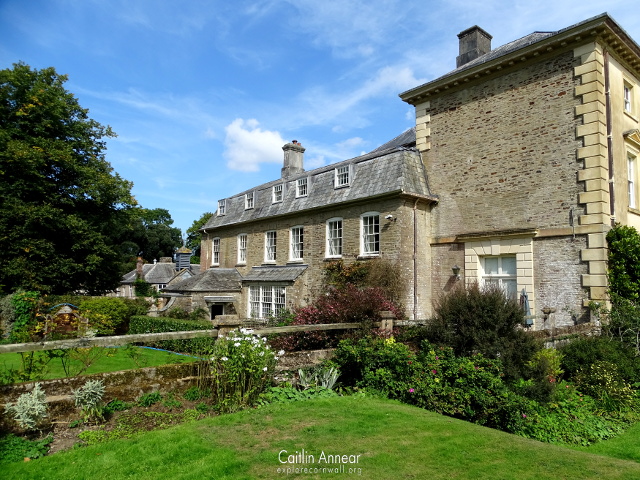Pencarrow house sits on 70 hectares of beautiful countryside two and a half miles north-east of Bodmin.

The house and land around it have a long and illustrious history, dating back to 300 BC. In 1031, the estate belonged to the Count of Moreton, before being passed to the Serjeaux family and then the Pencarrow family in the 15th century. The Pencarrow’s lost the estate when they were forced to forfeit the land via attainder. The land went on to belong to the Walker family before being owned by no fewer than five John Molesworths.

In 1762, the fifth Baronet married the daughter of the St Aubyn family and the estate passed to their son William Molesworth, then onto his son and grandson. It was this grandson, also a William Molesworth who was responsible for the wonderful gardens you see today. In 1831, Molesworth began creating a rock garden along with the head gardener, with the boulders being brought from Bodmin Moor.
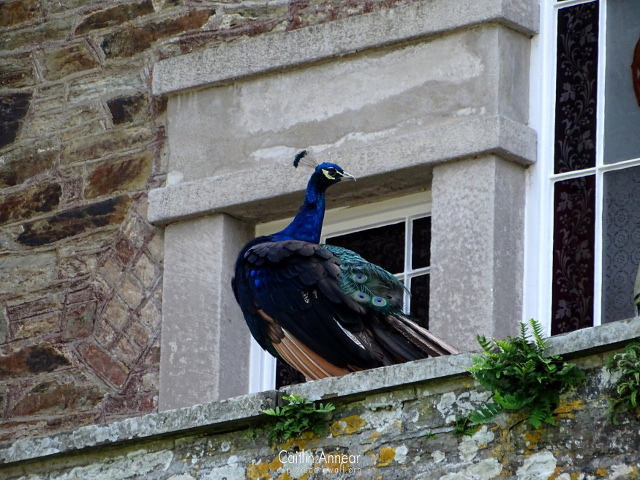
The garden has over its life contained hundreds of different species of plants. Some of these would have been in the Italian garden which no longer exists in its original form, but in its centre remains a fountain modelled after the Piazza Navona of Rome. In 1844 a horse shed was converted into the Palm House and housed oriental fowl.
At the start of the South Drive that is now the main entrance to the estate, is the remains of a Iron Age Fort. Dating from around 3-1st century BC, it is formed of two ramparts. Its original entrance was utilised when the drive was laid and runs right through the middle of the two rings.
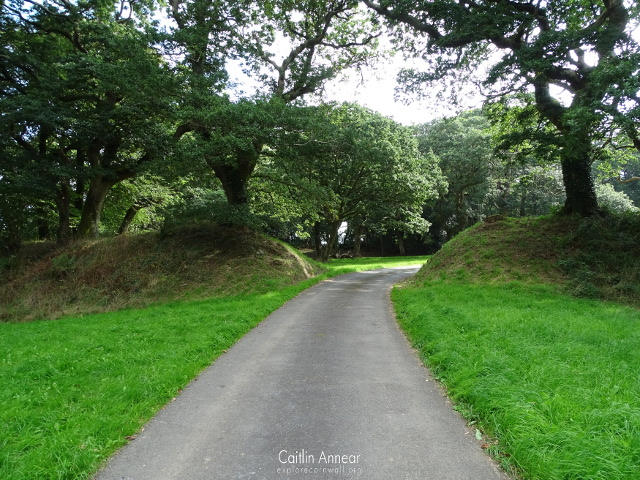
At the start of the South Drive that is now the main entrance to the estate, is the remains of a Iron Age Fort. Dating from around 3-1st century BC, it is formed of two ramparts. Its original entrance was utilised when the drive was laid and runs right through the middle of the two rings.
William Molesworth also had every conifer that would survive in the UK planted on the estate (about 200 ). The South Drive was planted with a mix of cedar, firs and spruce, which lead down to rhododendrons closer to the house.
The gardens are extensive and feature over 600 species of rhododendrons and camellias, with beautiful blue hydrangeas mixed in between.
Pencarrow is open to the public from late March til late September. House tours are available throughout the day and give you a really detailed view of the house, gardens and the families that have lived here. Dogs are welcome in the gardens.
There is plenty of free parking on the site.
Gamble, B. (2014) Cornwall’s Great Houses and Gardens. Penzance: Alison Hodge Publishers.
Herring, P. (2010) Pencarrow Rounds, Egloshayle, Corwall Gardens Trust. Available at: https://www.cornwallgardenstrust.org.uk/pencarrow-rounds-egloshayle/ (Accessed: 24 September 2018).
Pencarrow (2001) Historic England. Historic England. Available at: https://historicengland.org.uk/listing/the-list/list-entry/1000652 (Accessed: 23 September 2018).
Pencarrow House and Gardens (no date). Available at: https://www.cornwalls.co.uk/attractions/pencarrow-house-and-gardens.htm (Accessed: 22 September 2018).

